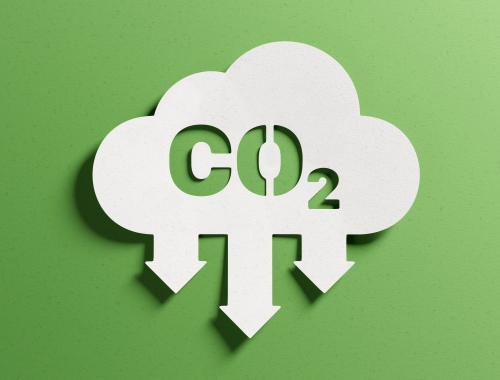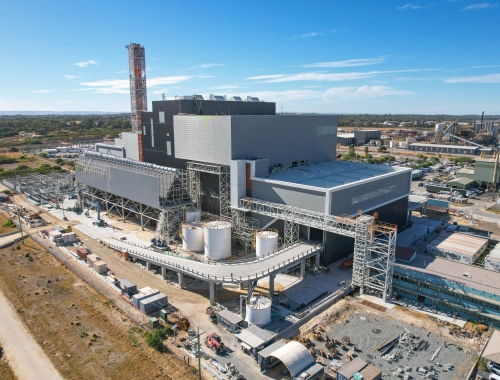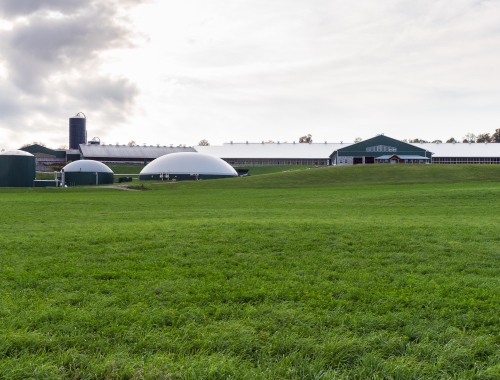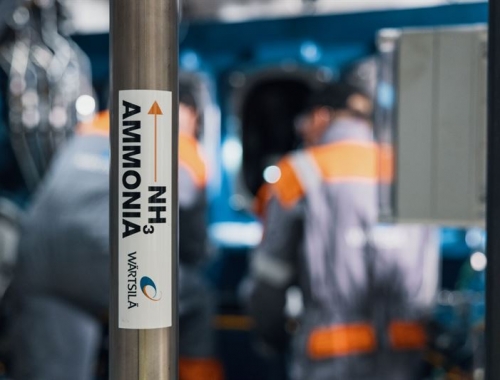CO2 shipping to increase significantly by 2030: Rystad Energy
SUMMARY
More than 90mn tonnes/year of CO2 will be shipped by 2030, requiring a fleet of 55 carriers and 48 terminals to handle the import and export of the gas.
By Shardul SharmaThe global market for carbon capture, utilisation and storage (CCUS) is expanding, and CO2 shipping is becoming a more important part of the value chain. According to a report published by Rystad Energy on September 4, more than 90mn tonnes/year of CO2 will be shipped by 2030, requiring a fleet of 55 carriers and 48 terminals to handle the import and export of the gas.
CO2 shipping is the most flexible solution for carrying carbon emissions over long distances at a relatively low cost, Rystad said. However, the environmental impact of CO2 shipping is a concern. The shipping industry relies on emissions-heavy conventional fuels like maritime diesel or low-sulfur fuel oil (LSFO), calling into question the environmental impact of the process.
The greenhouse gas (GHG) emissions over shorter distances may be relatively low, but the impact multiplies quickly over longer journeys. Based on Rystad’s research of CO2 shipping routes that could come online in 2030, ships travelling long distances could emit as much as 5% of the total CO2 shipped. This is equivalent to the emissions of 10mn cars. Switching to cleaner fuels, such as LNG or blue methanol, can reduce the emissions impact of CO2 shipping.
Switching to LNG as the shipping fuel could cut emissions by 18%, while blue-methanol would result in a 20% drop. The real reduction would come with the use of blue-ammonia, which would slash the emissions impact of the shipping process by up to 80%.
“Carbon dioxide shipping is a nascent market now, but it’s set to play a significant role in the global climate solution in the coming years. However, questions remain about the environmental impact of the process. In an ideal world, CO2 tankers would use renewable fuels with no associated emissions. However, these fuels are too expensive now to be economically viable,” said Lein Mann Bergsmark, vice president supply chain research, Rystad Energy.
CCUS projects driving growth in CO2 shipping
The growth of CO2 shipping is being driven by the increasing demand for CCUS projects. CCUS is a technology that captures carbon dioxide emissions from power plants, industrial facilities, and other sources and stores them underground. It is seen as a key solution to help countries meet their climate goals.
The North Sea is set to be a major hub for CO2 shipping, with Norway, the Netherlands, and the UK expected to be the leading countries. These countries have ambitious climate goals and are investing in CCUS projects. Norway is already a major producer of oil and gas, and it is looking to CCUS as a way to reduce its emissions from these industries. The Netherlands and the UK are also committed to reducing their emissions, and they are developing CCUS projects to help them meet their goals.
France is expected to ship 17mn t/year of CO2 in 2030, followed by Belgium at 13mn t/year. These countries do not have ample opportunities to store their CO2 emissions domestically, so the chance to ship CO2 to neighboring European countries will help fast-track CCUS developments.
Australia is also expected to be a significant player in the global market, shipping and storing CO2 from domestic projects and neighboring Asia-Pacific countries. Australia has a large amount of CO2 emissions from its coal-fired power plants, and it is looking to CCUS as a way to reduce these emissions, Rystad said.
Most of the proposed shipping routes – including those in Europe and around Australia – are no more than 2,500 km, a relatively short journey. However, planned routes between Japan, Malaysia and Australia would involve sailing more than 5,000 km. The longest journey announced to date would be between South Korea and Saudi Arabia, a one-way trip of at least 12,000 km.








